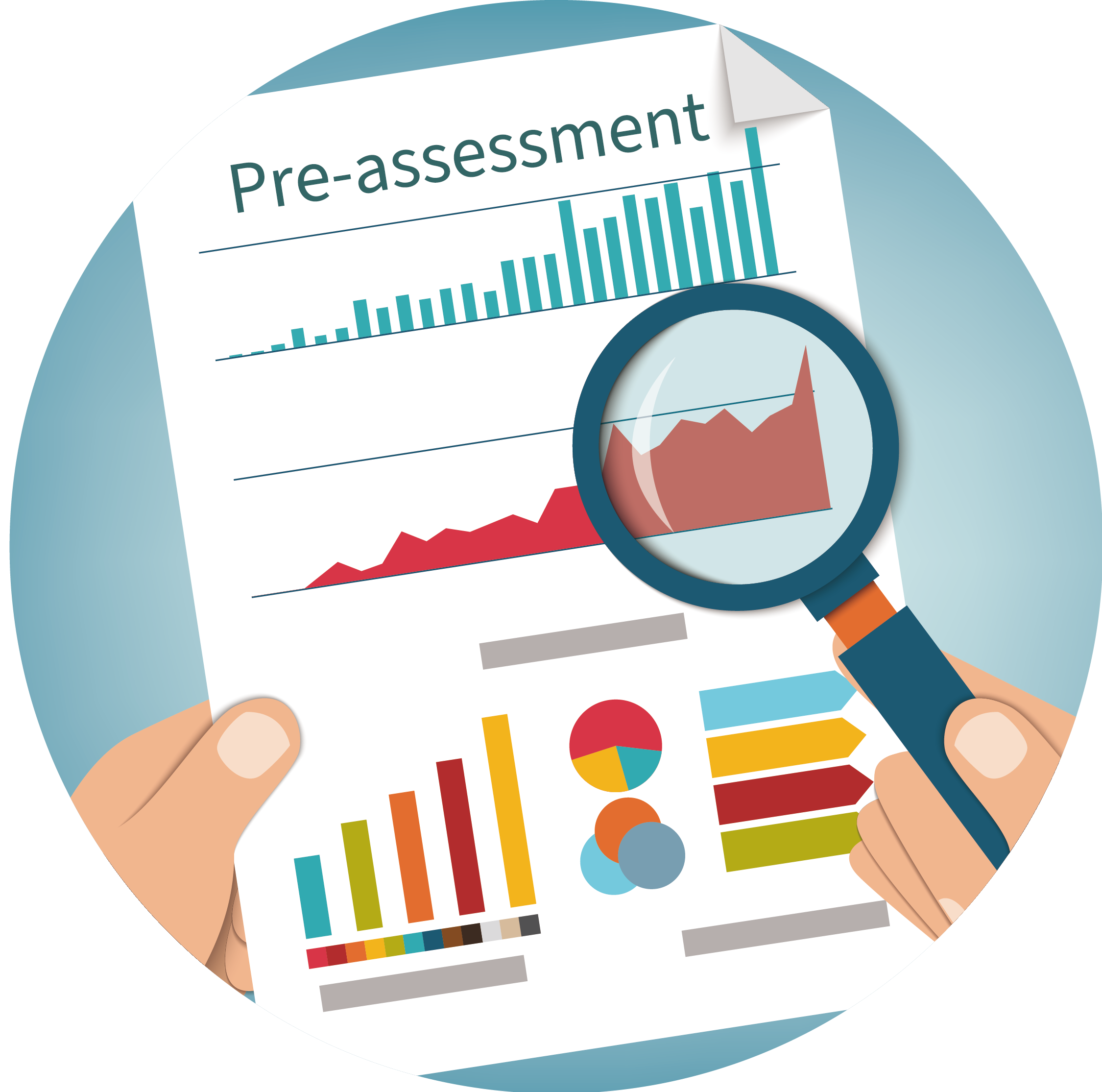“Prepare the youth for the road, not the road fot the youth”
The Resilience Training Program is provided by UpPotential, an organization founded in 2007. It is an online research-based, self-help wellness platform dedicated to empowering people to reach their potential and enhance their well-being and personal growth. The mission of UpPotential is to increase awareness and strengthen resilience by advocating self-help skills through education. UpPotential provides culturally adapted information, resources, and life skills training through the wellness platform to enable people—regardless of age, gender, or ethnicity—to live a positive and constructive life.
In 2019, UpPotential became part of the career education program to provide resilience training program.
User Manual
Workshop Training PPT
Online & Offline Model
The Resilience Training Program promotes self-help skills through ONLINE and OFFLINE training within the school community. The Program design helps cultivate students' ability to learn independently and encourages them to use information technology for learning. The online applications are strictly confidential so that participants, including STUDENTS, TEACHERS, and PARENTS (optional), can make good use of the programs to work on their challenges.
In-class lesson workflow
The Resilience Training Program is a 42-week Training program led by the teachers based on the ten core lessons that focus on cultivating self-help skills. The ten lessons are scheduled across the 42-week duration, with one-hour weekly sessions, total 42 hours. The first and 42nd weeks are dedicated to pre-and post-assessments, respectively. Weeks 2 to 41 focus on self-help skill training lessons. Please see the illustration below for the outline of the 42-week Resilience Training Program Curriculum:
| week |
Topic |
Objectives |
|
1 |
Navigation + pre-assessment |
Teach students to log in to the online platform and complete pre-assessments during class time. |
|
2 - 5 |
Lesson 1 |
This lesson has the answers of what and why cause of stress and anxiety. |
|
6 - 9 |
Lesson 2 |
Introduce simple relaxation skills and teaches students how to use relaxation skills to relieve tension and stress and develop a 'relaxation response'. |
|
10 - 13 |
Lesson 3 |
Introduce the importance and benefits of breathing exercises, and provide different breathing exercises, so that you can master the use of breathing exercises after practice, and know how to use them at any time when necessary to ease emotions. |
|
14 - 17 |
Lesson 4 |
Introduce how nutrition and medication can help to harmonize the body and reduce the effects of stress. |
|
18 - 21 |
Lesson 5 |
Introduce the impacts of negative and positive self-talk Guide students to think positively and bring out positive energy. |
|
22 - 25 |
Lesson 6 |
Introduction to the role and types of 'desensitisation therapy' and 'behavioural therapy' will provide students with an initial understanding. |
|
26 - 29 |
Lesson 7 |
Guide students to cherish and appreciate the joys in life and focus on the good things to increase happiness, and to face difficulties with a positive attitude. |
|
30 - 33 |
Lesson 8
|
Teache students to accept support from others with an open heart and to care for those around you, and to engage wholeheartedly in meaningful things and enjoy it. |
|
34 - 37 |
Lesson 9 |
Teach students to understand how Meaning, Flow and Spirituality can help us to be physically and mentally healthy, and to draw personal interest from life stories. |
|
38 - 41 |
Lesson 10 |
Learn about the importance of sleep and the symptoms of sleep deprivation, as well as ways to improve sleep quality. |
|
42 |
Summaries + post-assessment |
Review the self-help skills learnt previously. In addition, share their testimonial to encourage students to continue practicing their skills and to keep on giving positive energy. |

